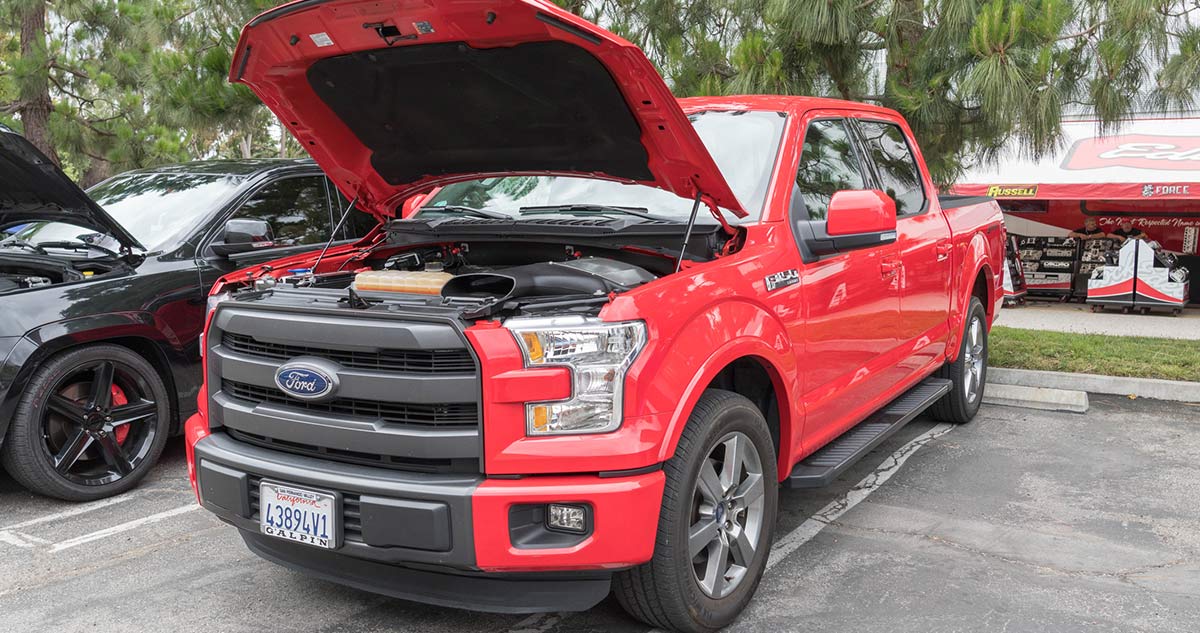Why Does My Truck Shake When I Accelerate

A shaking truck during acceleration is a frustrating and potentially serious issue, often signaling underlying mechanical problems. Diagnosing the root cause requires a systematic approach, considering various components within the drivetrain, suspension, and even engine itself. This article will delve into the most common culprits behind this phenomenon, offering insights valuable for both DIY enthusiasts and seasoned mechanics.
Worn or Damaged Universal Joints (U-Joints)
One of the most frequent causes, especially in older or high-mileage trucks, is failing universal joints. U-joints connect the driveshaft to the transmission and differential, allowing it to articulate and transmit power through changing angles. Over time, the needle bearings within the U-joint can wear out, leading to play and vibration. This vibration is often most noticeable during acceleration, as the torque load on the driveline increases.
Symptoms: Look for visual signs like rust around the seals, grease leaking from the joint, and excessive play when you try to move the driveshaft by hand. A telltale clunking sound when shifting gears or accelerating from a stop is another strong indicator. To properly diagnose, a mechanic may use a pry bar to check for excessive movement in the U-joint.
Repair: Replacing worn U-joints is generally a straightforward process, but requires proper tools and knowledge. Always use high-quality replacement parts and grease the new joints thoroughly.
Driveshaft Imbalance
A driveshaft that is out of balance will cause significant vibrations, particularly under load. This imbalance can result from several factors, including physical damage (dents, bends), a lost balancing weight, or improper installation after repairs.
Symptoms: The vibration often increases proportionally with speed. You might feel it throughout the entire truck, not just in the steering wheel. Visually inspect the driveshaft for any signs of damage. Look for missing weights (small metal pieces welded to the driveshaft tube). If the driveshaft was recently removed, ensure it was reinstalled correctly, paying attention to any alignment marks.
Repair: Simple dents can sometimes be repaired, but severely damaged driveshafts should be replaced. If a weight is missing, a professional driveshaft shop can rebalance the driveshaft.
Engine Misfires
While often associated with rough idling, an engine misfire can also manifest as a shaking sensation during acceleration. This is especially true under heavy throttle, when the engine is working harder to produce power. A misfire occurs when one or more cylinders fail to combust the air-fuel mixture properly.
Symptoms: The truck may feel sluggish during acceleration. You might notice a decrease in fuel economy. A check engine light is likely to be illuminated, often with codes indicating a misfire (e.g., P0301 - Cylinder 1 Misfire Detected). Common causes include faulty spark plugs, ignition coils, fuel injectors, or vacuum leaks.
Repair: Diagnosis requires scanning the engine computer for trouble codes and performing basic engine diagnostics, such as checking spark plugs and ignition coils. Replacing worn or faulty components is usually the solution.
Transmission Issues
Problems within the transmission, such as worn gears, slipping clutches (in automatic transmissions), or internal damage, can lead to vibrations during acceleration. These vibrations are often accompanied by other symptoms like delayed shifting, harsh shifting, or a general lack of power.
Symptoms: Listen for unusual noises coming from the transmission. Check the transmission fluid level and condition. Low fluid, or fluid that is dark, burnt, or contains metal shavings, indicates a serious problem.
Repair: Transmission problems often require specialized tools and knowledge. It's generally best to have a qualified transmission mechanic diagnose and repair the issue. In some cases, a transmission rebuild or replacement may be necessary.
Worn Suspension Components
While less directly related to acceleration, worn or damaged suspension components can exacerbate vibrations, making them more noticeable during acceleration. Worn ball joints, tie rod ends, or control arm bushings can allow excessive movement in the suspension, leading to instability and shaking.
Symptoms: Listen for clunking or rattling noises coming from the suspension, especially when going over bumps. Inspect the suspension components for signs of wear, such as cracked bushings or loose ball joints. Uneven tire wear can also indicate suspension problems.
Repair: Replacing worn suspension components is essential for maintaining proper handling and stability. A thorough inspection and alignment after repairs are crucial.
In conclusion, diagnosing a shaking truck during acceleration requires a systematic approach, starting with the most common culprits like U-joints and driveshaft issues, and then moving on to engine and transmission problems. Don't overlook the suspension as a contributing factor. If you're not comfortable performing these diagnostics and repairs yourself, it's always best to consult with a qualified automotive technician.
